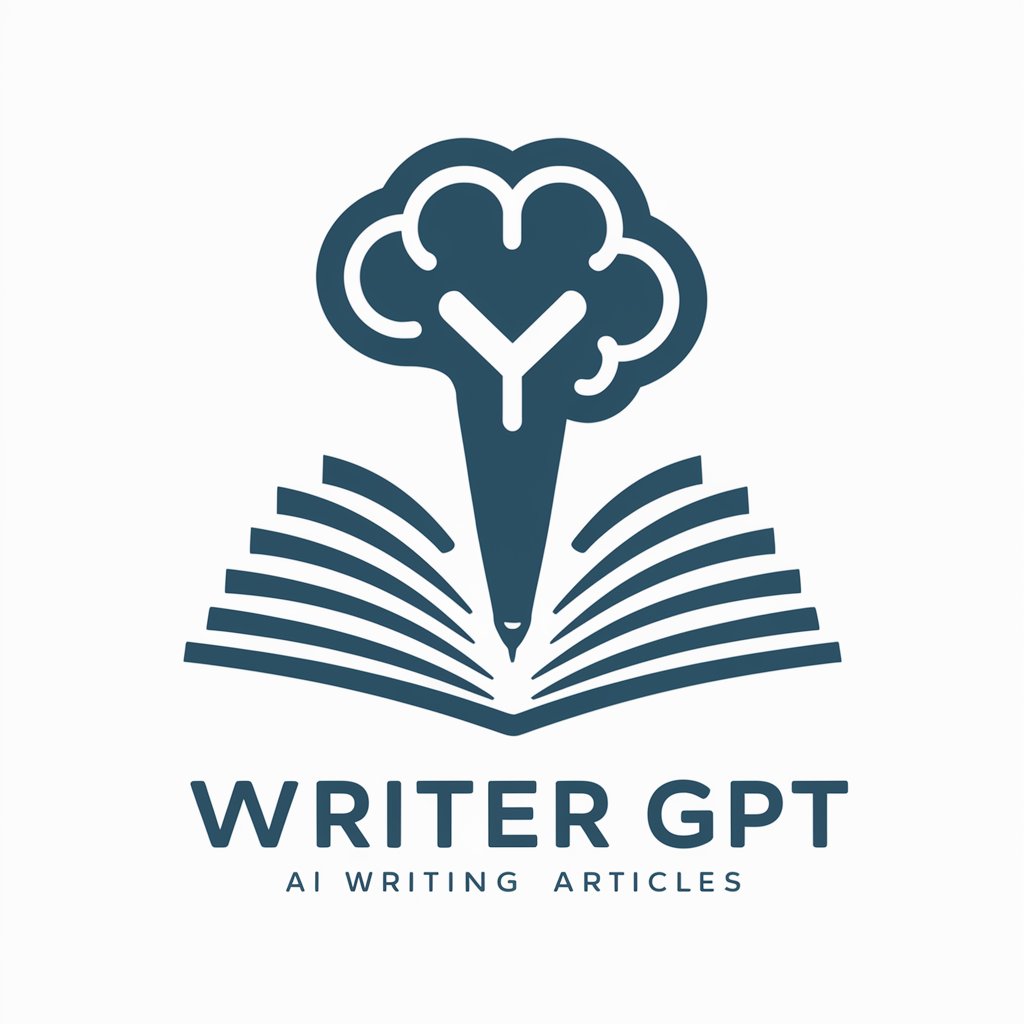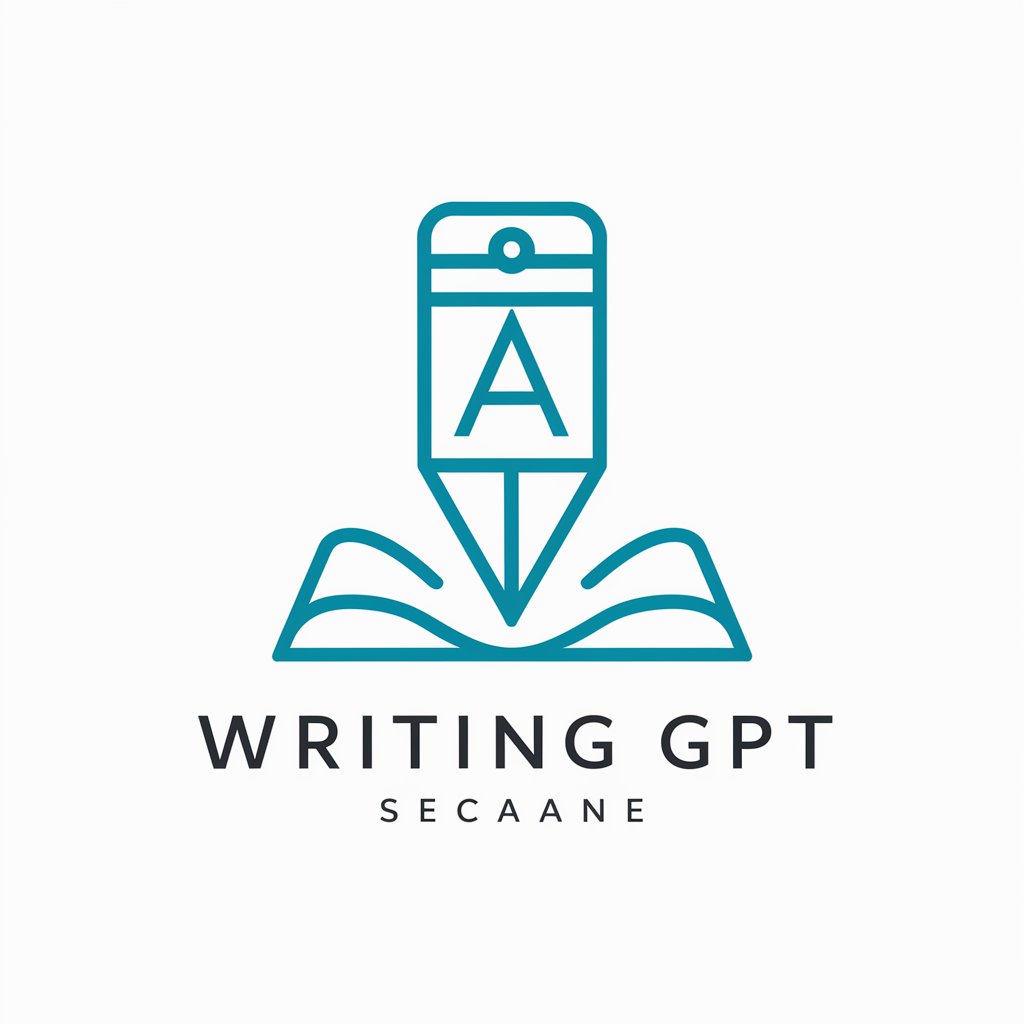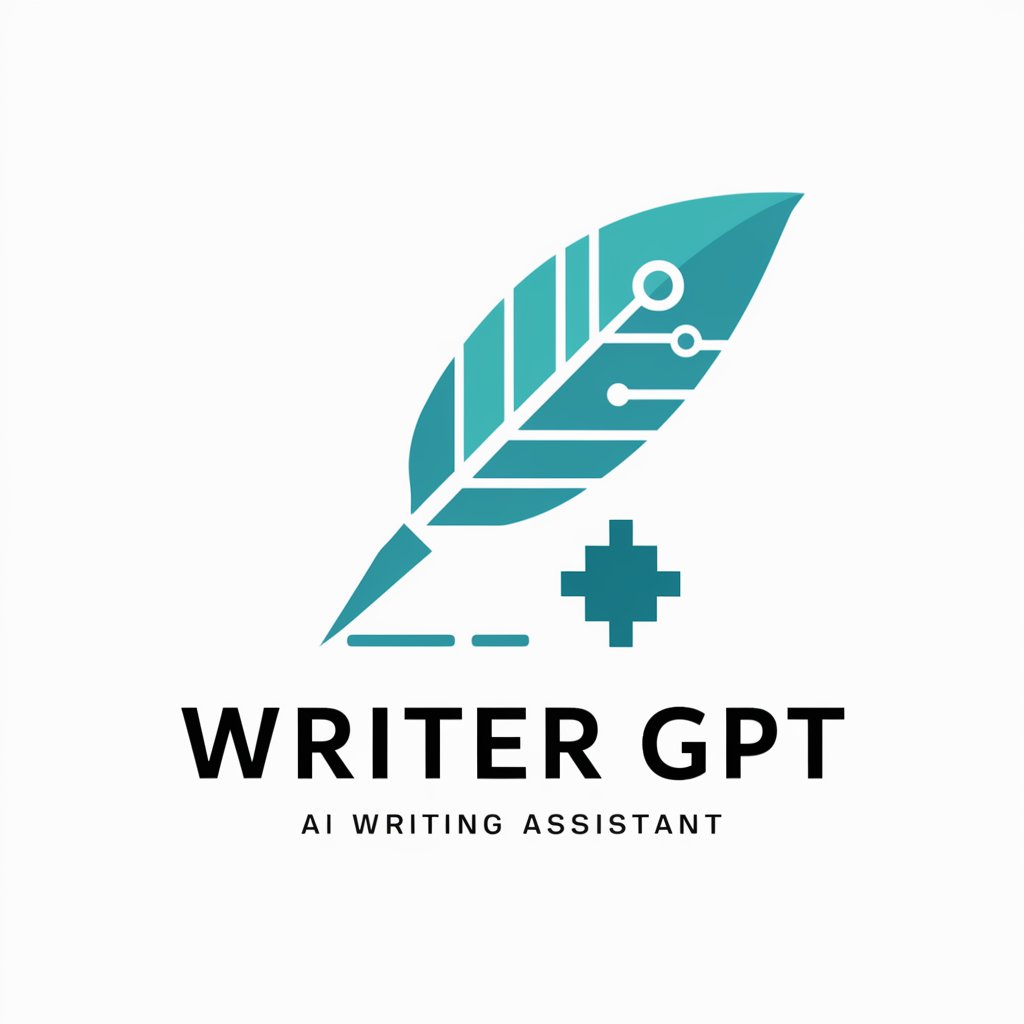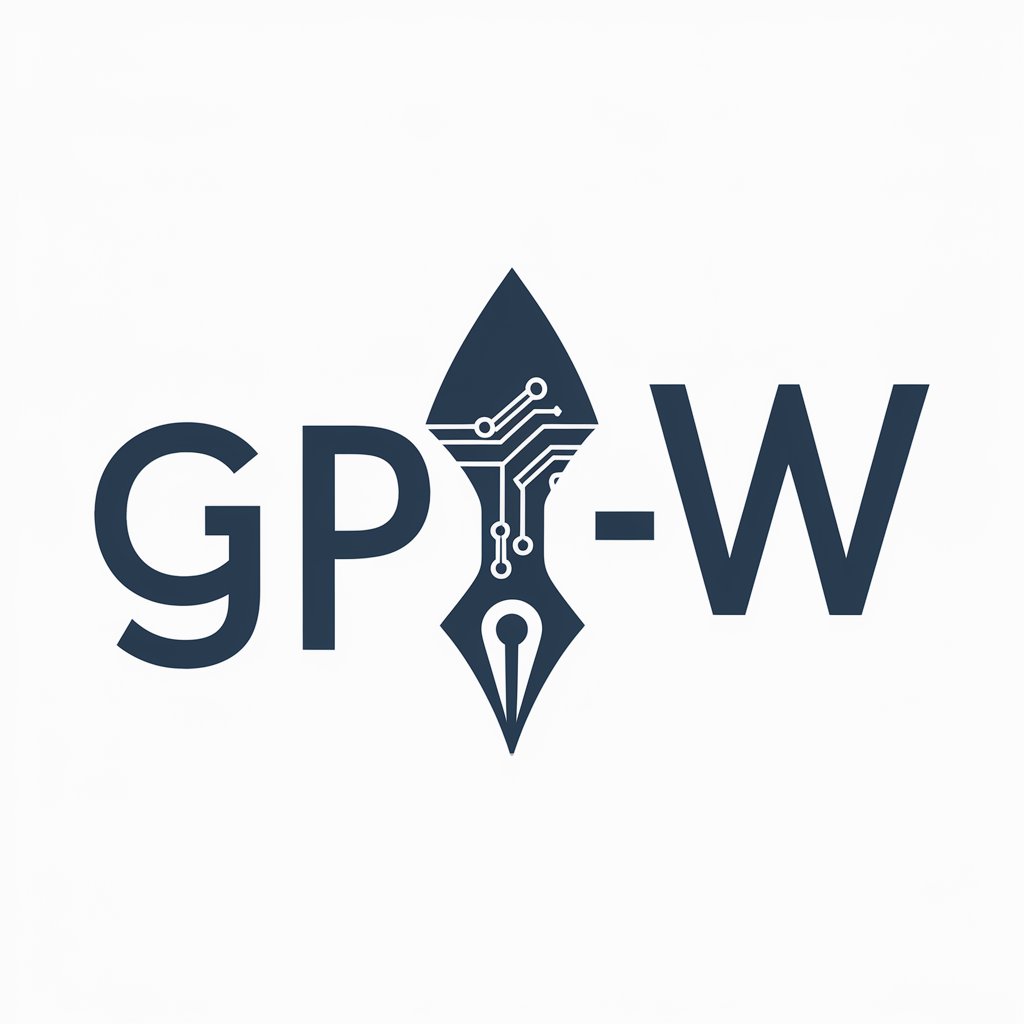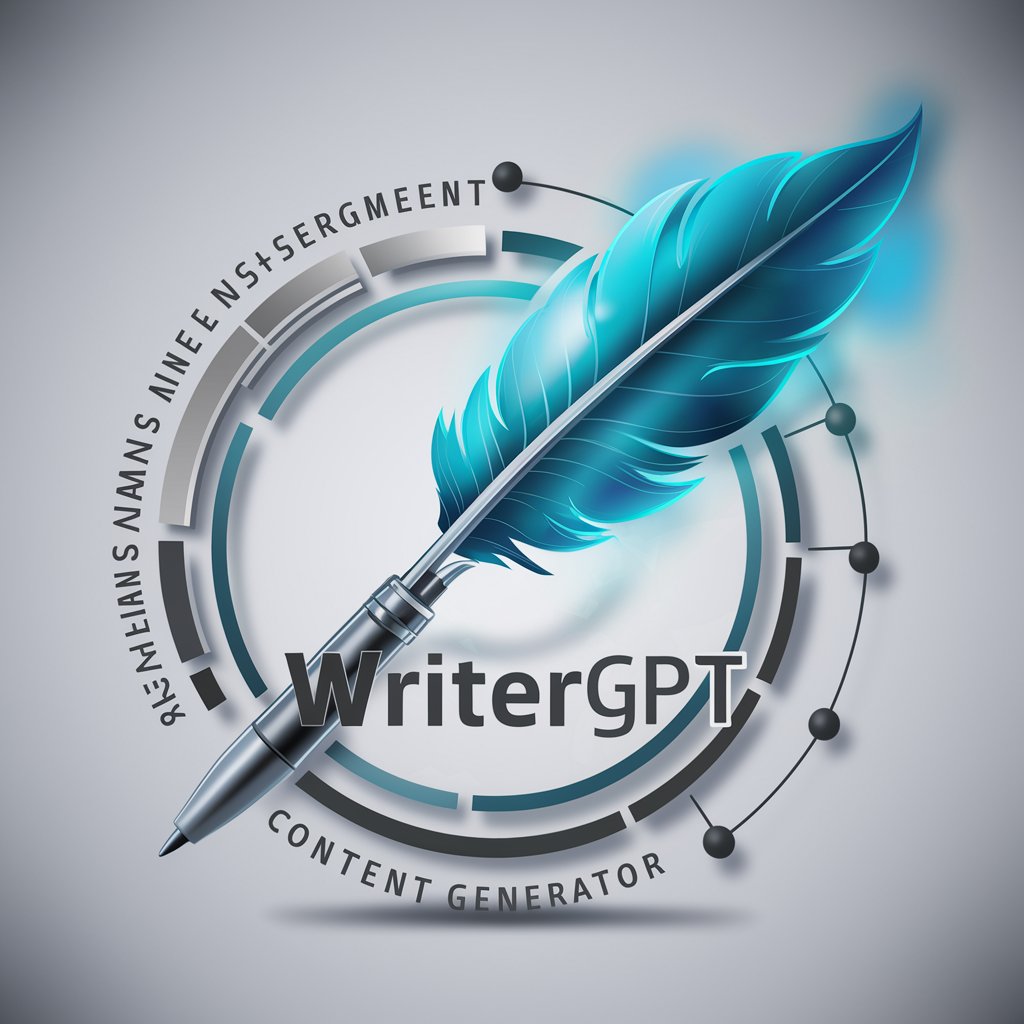
Data-Driven Writing Editor GPT - Concise, Data-Driven Writing Tool
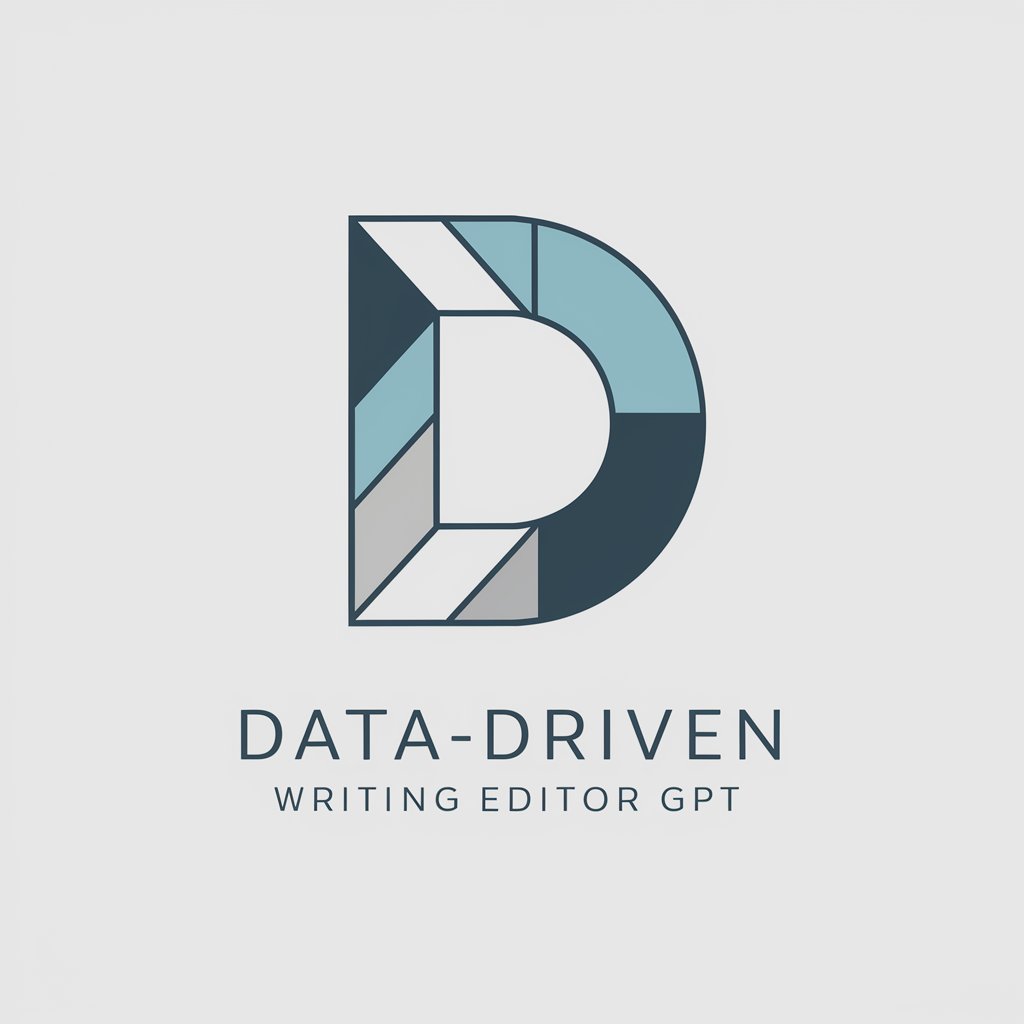
Welcome to precise, data-driven writing.
Enhance Writing with AI-Powered Precision
Analyze the data to determine...
Provide a summary of the key findings from...
Draft a concise report on the impact of...
Generate a detailed comparison of...
Get Embed Code
Overview of Data-Driven Writing Editor GPT
Data-Driven Writing Editor GPT is designed for concise, data-focused communication. It prioritizes accuracy, brevity, and clarity, eliminating vague language and unsupported claims. Key features include transforming qualitative statements into quantitative data, ensuring clarity in writing, and avoiding ambiguity. For example, instead of saying 'Sales increased significantly,' it would specify 'Sales increased by 30%.' This GPT's style is modeled after Ernest Hemingway's direct and unadorned prose. Powered by ChatGPT-4o。

Functions and Real-World Applications
Converting Qualitative to Quantitative
Example
Transforms 'a lot of feedback' to 'received 200 responses.'
Scenario
Useful in business reports where precise data is crucial.
Eliminating Ambiguity
Example
Changes 'might improve performance' to 'increases performance by 15%.'
Scenario
Beneficial in project proposals to convey clear benefits.
Ensuring Brevity and Clarity
Example
Edits lengthy explanations to succinct statements without losing meaning.
Scenario
Ideal for executive summaries where every word must count.
Target User Groups
Business Professionals
They require precise and data-driven communication for reports, presentations, and decision-making.
Academic Researchers
Researchers benefit from clear, concise language that emphasizes data and results in their publications.
Technical Writers
Writers in technical fields value the emphasis on accuracy and clarity, avoiding jargon and ambiguous language.

Usage Guidelines for Data-Driven Writing Editor GPT
Step 1
Visit yeschat.ai for a free trial without login, also no need for ChatGPT Plus.
Step 2
Select 'Data-Driven Writing Editor GPT' from the tool options.
Step 3
Input your text or query for editing or generating content.
Step 4
Review the generated output and apply any needed refinements.
Step 5
Use the tool for specific tasks like academic writing, business communication, or data analysis.
Try other advanced and practical GPTs
Happy Someone
Enhancing Communication with AI Expertise

Ethics Envisioned
Navigate Bioethics with AI Insight
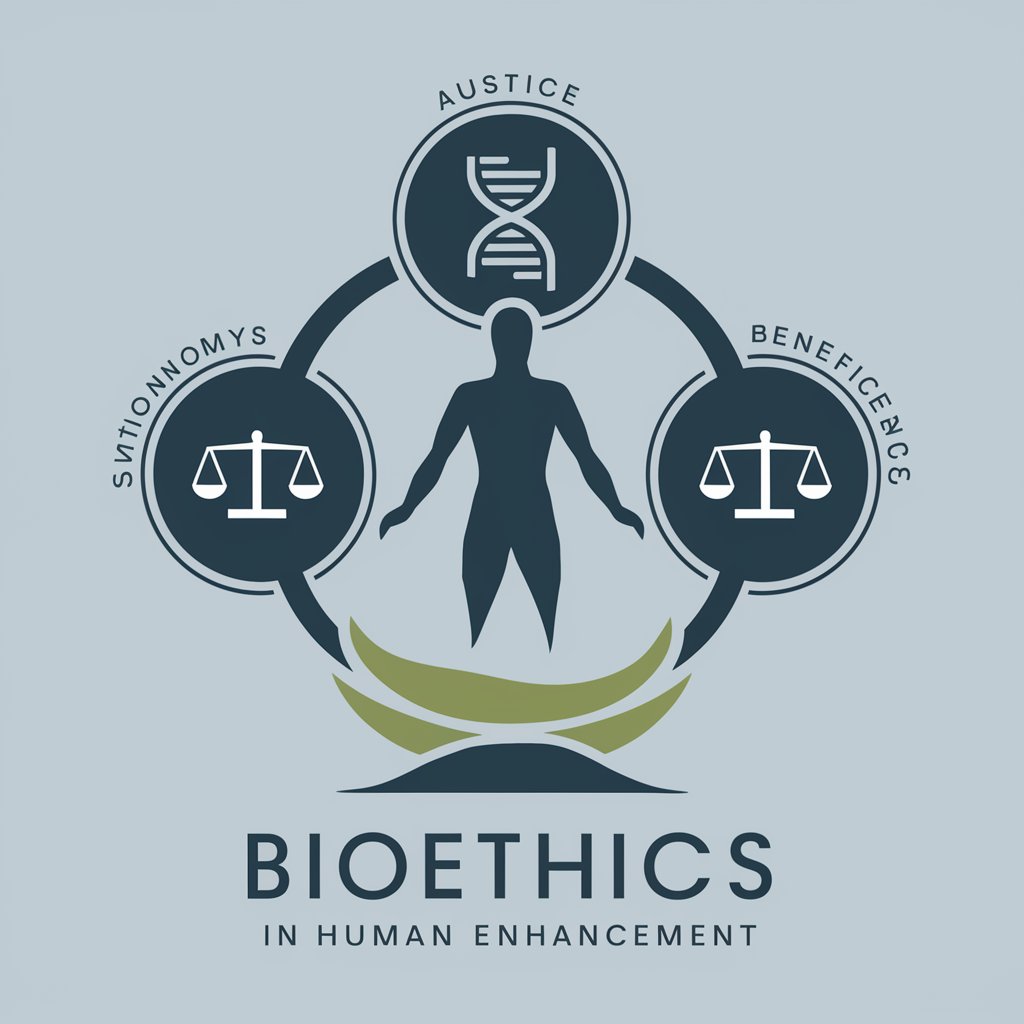
OTK
Connecting Gamers, Streamers, and Fans

GPT Builderサポーター(非公式)
Tailor AI to Your Needs
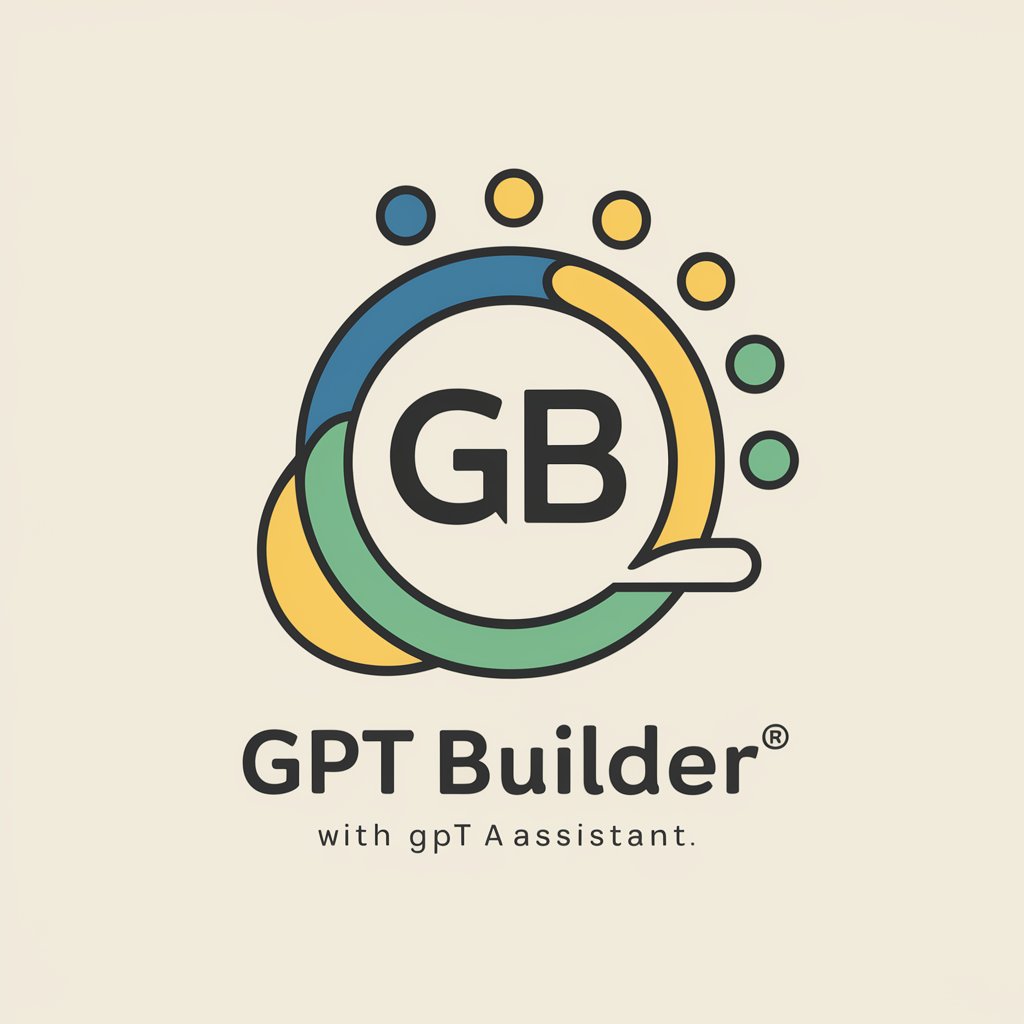
Project Mentor
Personalizing AI Mentorship for You

Business Consultant(PEST analysis)
Deciphering Industry Dynamics with AI-Powered Analysis
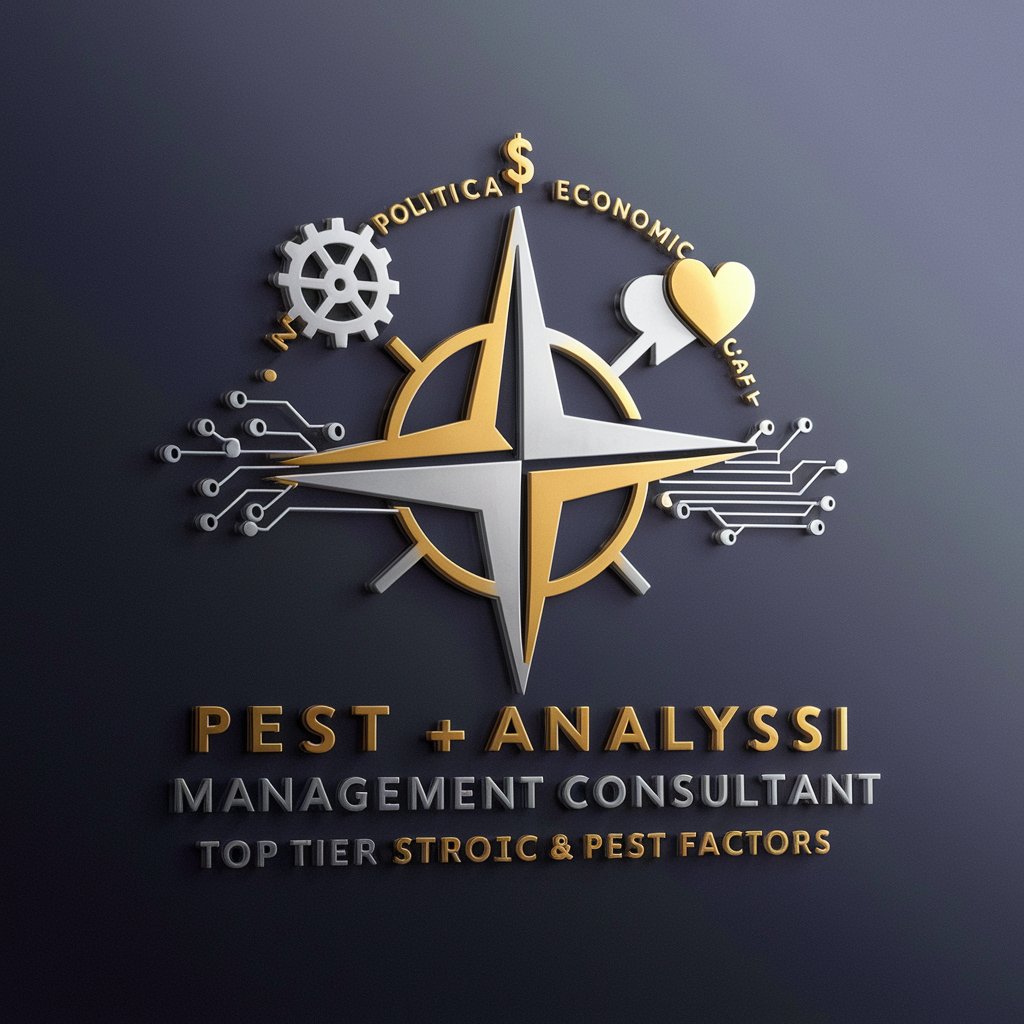
Forward By Midnight
Explore Luck's Cultural Tapestry with AI

Twinmaker
Craft Your AI Companion with Ease
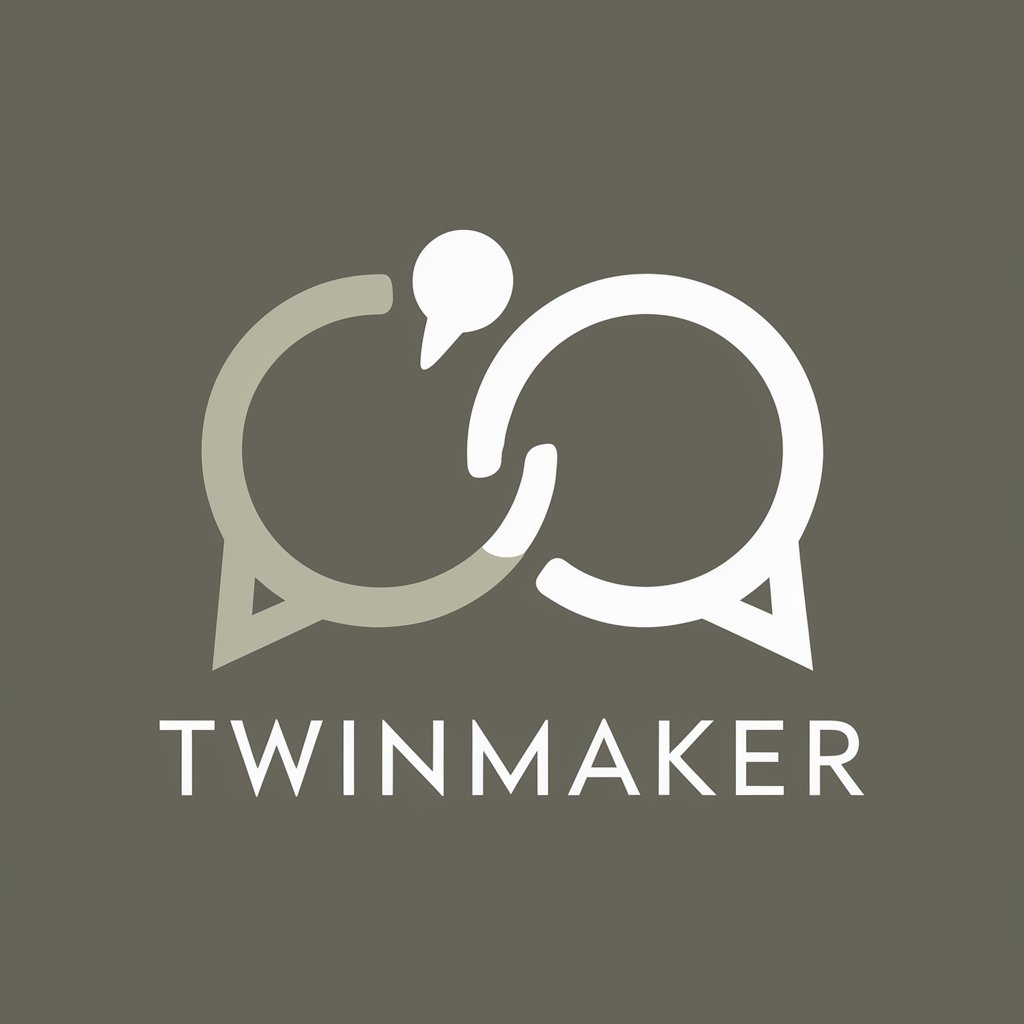
SlackerGPT
The AI that's too cool for school.

LexiGPT
Elevate Your Writing with AI Precision

PyPilot
Empower Your Data Journey with AI

GPT Architect
Designing AI, Simplified by AI
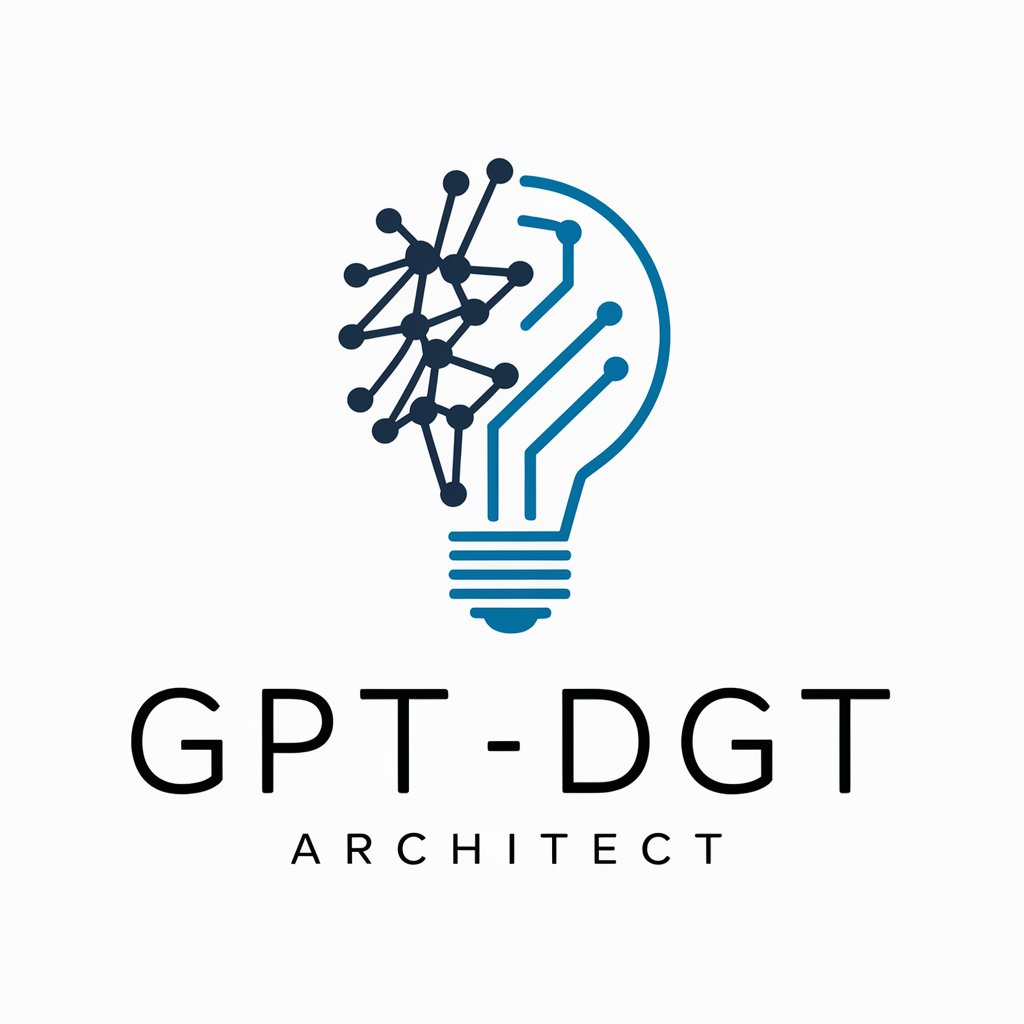
Frequently Asked Questions about Data-Driven Writing Editor GPT
What is Data-Driven Writing Editor GPT?
It is an AI tool that optimizes writing to be concise, data-focused, and clear, minimizing the use of vague or ambiguous language.
How does this tool help in academic writing?
It aids in creating precise, data-driven content, enhancing clarity and factual accuracy in academic works.
Can this tool be used for business communication?
Yes, it's effective for business communication by ensuring clarity, brevity, and data-centric information.
Is there a limitation on the type of content it can edit?
It's best used for content requiring clarity and data emphasis, less effective for creative or abstract writing.
How does the tool ensure data accuracy in writing?
It prioritizes factual data over assumptions, referencing its knowledge sources for accuracy.

